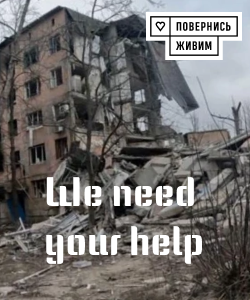Frontline Regions of Ukraine: The Current State of Remote and In-Person Education During the War

Over the past two years, Ukraine has experienced a significant decline in the percentage of students attending remote learning.
In 2021, this figure was as high as 44%, but now it has decreased to 20%.
Meanwhile, more than 70% of Ukrainian students continue their education face-to-face in classrooms.
However, in frontline regions, the situation is markedly different: 49% of students still learn remotely, 34% attend school in person, and 17% utilize a hybrid model.
These figures highlight the severe challenges faced by schools in these areas.
According to the study ‘War, Education, and Social Capital: Three Years of Full-Scale Invasion,’ students engaged in traditional or mixed learning modes tend to have stronger social connections—57% have many friends at school, compared to only 41% among those studying remotely.
Most students also feel part of their school community—71% express satisfaction with their educational process.
Additionally, 64% report feeling comfortable at school, and 56% believe they receive all necessary knowledge to enter their preferred higher education institutions.
This research was initiated by the charitable fund savED and conducted by Vox Populi social agency, supported by the International Renaissance Foundation and USAID.
The survey involved 120 schools across all regions of Ukraine, including conflict-affected areas.
According to Serhii Babak, head of the Ukrainian Parliament’s Committee on Education, Science, and Innovation, approximately 1,500 Ukrainian schools will operate remotely this academic year due to ongoing hostilities, illustrating the protracted challenges of ensuring safe and effective education amid the ongoing war.

